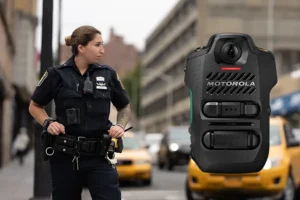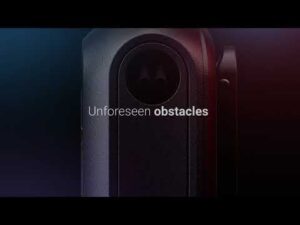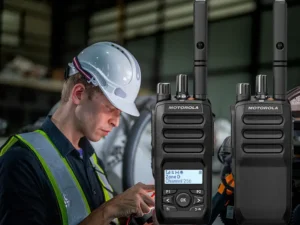MOTOTRBO Capacity Max uses centralized control and optimized traffic routing to provide DMR Tier III trunking, plus advanced MOTOTRBO functionality. When you need to coordinate staff, you can count on Capacity Max for flexible deployment, effective operation and rock-solid reliability.
Coverage, Capacity, And Control For Single And Multiple Sites
The next generation of trunking has arrived. MOTOTRBO Capacity Max blends innovation with Motorola’s extensive real-world experience of trunked radio systems to deliver a scalable communications solution that’s perfect for your business.
ersatile and powerful, MOTOTRBO combines the best of two-way radio functionality with the latest digital technology for instant communicating, better decisionmaking and seamless coordinating.
MOTOTRBO is the next generation of business technology that takes productivity, safety and efficiency to a whole new level. Motorola has been delivering DMR-based trunking systems to businesses around the world since 2009. Now we have brought together our experience, our innovation and your feedback to create Capacity Max, the next generation trunking solution.



